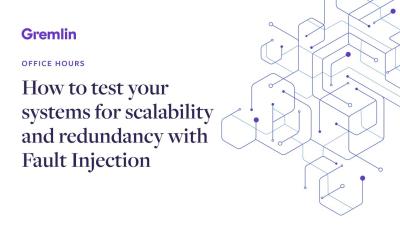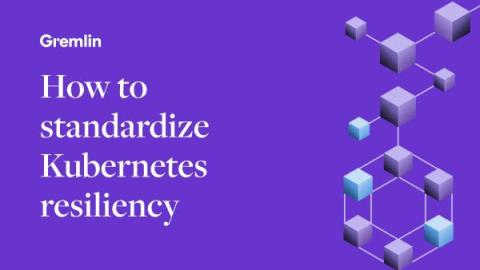How to make your services resilient to slow dependencies
When discussing reliability, we tend to focus on the things that we have control over: applications, virtual machine instances, deployment patterns, etc. But this ignores a significant and ever-growing part of nearly all modern software: dependencies. Dependencies are services that provide extra functionality for other services and applications. For instance, many websites depend on databases, caches, payment processors, and similar services in order to function.











